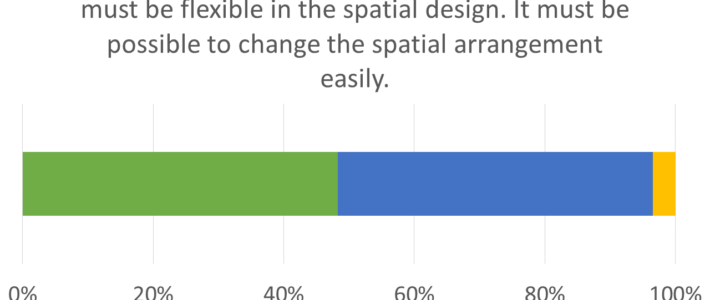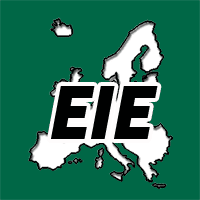Modern Learning Spaces for Adult Education

The EBI/EIE asked partners from former or current projects about their ideas of optimal learning spaces in the field of adult education. The questions focused on the logical (training-approach focused) and spatial learning space, as well as on active learning. Here is the evaluation of 4 questions (from 8) of this survey. The “Modern Learning Spaces for Adult Education” survey addressed partners in eight European countries.
- This traditional classroom, as it’s well-known from School Education, is the best learning space for most of the training situations in Adult Education.
- An open learning space, group-based and focusing on collaboration, is the best learning space for most of the training situations in Adult Education.
- Modern learning space for Adult Education must be flexible in the spatial design. It must be possible to change the spatial arrangement easily.
- Modern learning spaces for Adult Education must not follow traditional teaching or training methods but can use other approaches based on active learning.
Outcomes “Modern Learning Spaces”
Click through the gallery to analyse the visualization of the results.
Technical information
32 different Adult Education organisations from Europe took part in this survey (Countries: ES, SE, GR, PT, PL, IT, NOR, DK). All these Adult Education organisations are currently intensively involved in training with different kinds of adults.
Invited people: 38, sample: 32
Additional information
“Learning space or learning setting refers to a physical setting for a learning environment, a place in which teaching and learning occur. The term is commonly used as a more definitive alternative to “classroom,” but it may also refer to an indoor or outdoor location, either actual or virtual. Learning spaces are highly diverse in use, learning styles, configuration, location, and educational institution. They support a variety of pedagogies, including quiet study, passive or active learning, kinaesthetic or physical learning, vocational learning, experiential learning, and others.”




